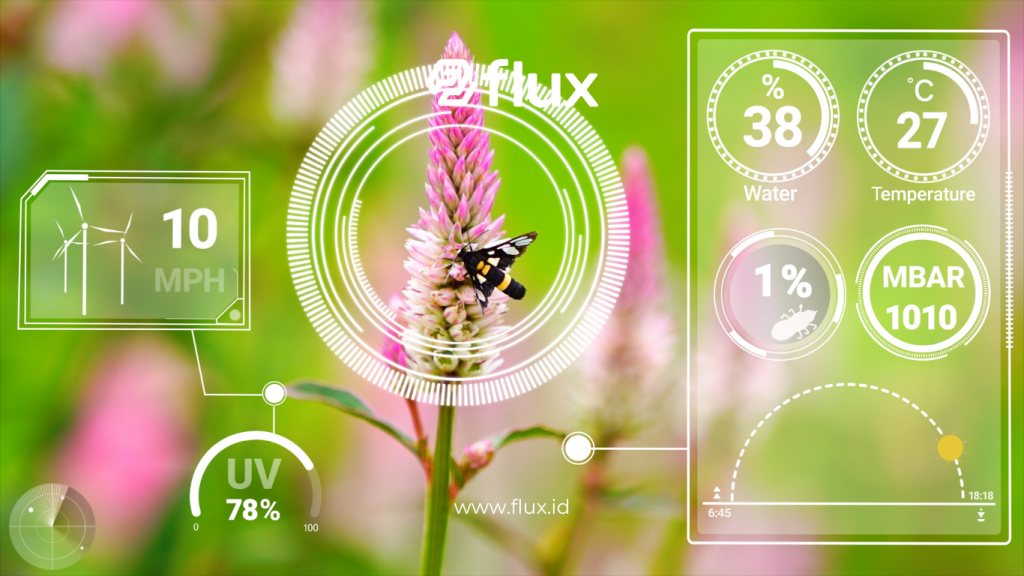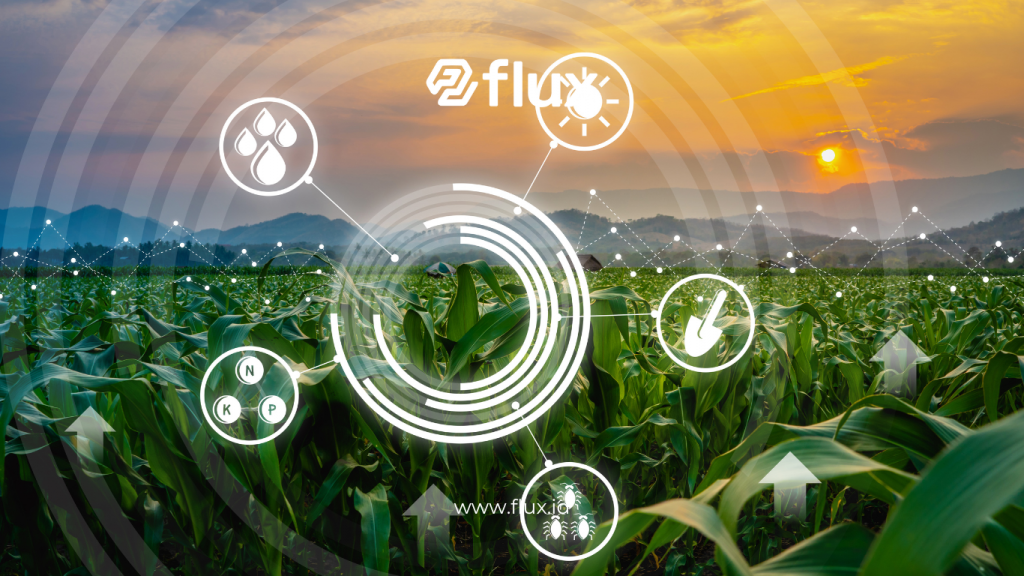Don't miss our holiday offer - 20% OFF!
The Internet of Things (IoT) is revolutionizing various sectors, including agriculture. As the demand for food grows and resources become scarcer, agriculture increasingly depends on innovative solutions to boost yields while preserving environmental sustainability. In this article, we explore how IoT Shapes Smart and Sustainablen agriculture, from boosting productivity to creating more eco-friendly systems. Agriculture globally faces significant challenges, from climate change to limited land availability. These factors increase the need for more efficient and sustainable farming systems. Here, IoT plays a crucial role, allowing farmers to gather real-time data and make more informed decisions based on accurate insights.
Contents
1. Why Is IoT Important in Agriculture?

Read More: Optimizing Agriculture with Soil Health Monitoring Sensors
IoT provides practical solutions for several key issues in agriculture. First, it enables efficient resource management, allowing farmers to use water, fertilizers, and pesticides only as needed. Additionally, IoT improves productivity by providing data on soil and crop conditions so farmers can take timely actions. Finally, it supports environmental sustainability by minimizing waste and maximizing land use.
2. IoT Applications in Smart Farming

Read More: IoT in Agriculture – Reducing Waste and Boosting Productivity
Below are several ways IoT is currently applied in agriculture to promote smarter farming practices:
a. Soil Quality Sensors
IoT sensors, placed in fields, monitor soil moisture, temperature, and nutrient levels. This data allows farmers to decide on optimal times for watering or fertilizing, reducing waste and supporting plant health.
b. Smart Irrigation Systems
With IoT-connected irrigation, farmers can automatically adjust watering schedules based on soil moisture and weather conditions. This technology reduces water usage while ensuring that crops receive the necessary hydration.
c. Livestock Monitoring
In livestock management, IoT sensors monitor animal health and movement. These sensors enable farmers to detect early signs of illness, protecting overall herd health and reducing the need for reactive treatments.
d. Drones for Field Monitoring
Drones equipped with cameras and sensors provide aerial views of crops, making it easy to monitor growth, detect pests, and assess crop health. This technology empowers farmers to take proactive measures, ensuring healthy crops and higher yields.
3. Key Benefits of IoT in Smart Agriculture

Read More: IoT Sensors in Agriculture: Monitoring Plant Health in Real-Time
Adopting IoT technology brings both economic and environmental benefits to agriculture:
- Lower Operational Costs: Farmers can reduce expenses related to water, fertilizers, and labor, as IoT helps streamline these operations.
- Increased Crop Yields: With precise monitoring, farmers can enhance both the quality and quantity of their crops.
- Enhanced Sustainability: Resource optimization helps conserve natural resources and minimizes the ecological impact of farming activities.
4. Challenges of Implementing IoT in Smart Agriculture
Despite its many advantages, IoT adoption in agriculture comes with challenges. Here are some of the main obstacles:
- High Initial Costs: IoT installation requires substantial upfront investment, especially challenging for small-scale farmers.
- Limited Infrastructure: In rural areas, inadequate internet access hinders IoT adoption, limiting its reach.
- Data Security Concerns: With large amounts of data being collected, robust security measures are essential to protect sensitive agricultural data.
5. Case Study: IoT in Sustainable Agriculture in Indonesia

Read More: Optimizing Modern Agriculture: The Role of IoT in Enhancing Harvest Yields
Indonesia, as an agricultural country, has vast potential for IoT technology adoption in farming. In one successful example, farmers in West Java have used IoT-based soil moisture sensors and automated irrigation systems. This setup has helped conserve water and increase crop yields, demonstrating how IoT can support sustainable agriculture.
6. The Future of IoT in Smart Agriculture
With ongoing technological advances, IoT will likely play an even more central role in creating modern, sustainable farming systems. In particular, the integration of artificial intelligence (AI) with IoT can help farmers predict weather patterns, manage resources more effectively, and further improve decision-making processes.
7. Conclusion
In conclusion, IoT technology offers promising solutions for increasing crop yields and reducing environmental impact in agriculture. Through sustainable practices like soil sensors, smart irrigation systems, and drone monitoring, IoT creates a more efficient and environmentally friendly farming model. Addressing existing challenges, such as high initial costs and data security concerns, will be essential to realizing the full potential of IoT in agriculture.





